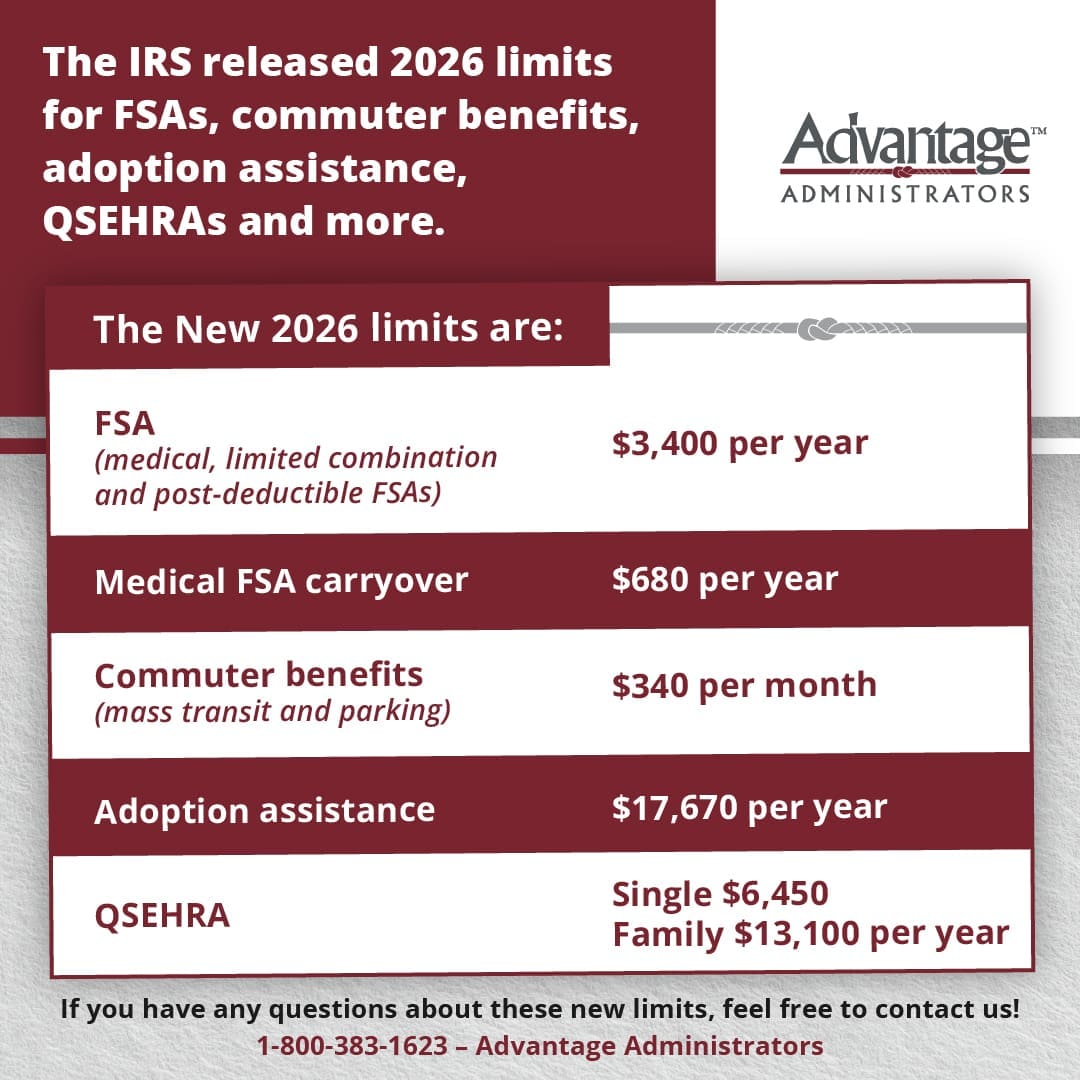Navigating HSA and FSA Compliance: Key FAQs and Common Misconceptions
As we enter another season of open enrollment, one crucial topic is top of mind for many employees: HSA and FSA compliance. Health savings accounts (HSAs) and flexible spending accounts (FSAs) are often misunderstood, despite their significant financial advantages. It’s time to clarify the ins and outs of these tax-saving healthcare accounts and answer HSA and FSA FAQs.
HSA vs. FSA: Understanding the Basics
At first glance, HSAs and FSAs might appear similar but they are fundamentally different. Both allow employees to set aside pre-tax funds to cover qualified medical expenses but that’s where most of the similarities end.
- FSA: This is an employer-owned account where funds must generally be used within the plan year. If not, the employee risks forfeiting the money.
- HSA: Owned by the employee, these accounts are portable and can be carried over year-to-year, even if the employee changes jobs. Contributions are tied to enrollment in a high-deductible health plan (HDHP).
Many employees mistakenly believe that an FSA and HSA can be used simultaneously. While this is technically possible, it depends on the type of FSA offered by the employer. A limited-purpose FSA, for example, is compatible with an HSA because it only covers dental and vision expenses.
Contribution Limits: What you Need to Know
One of the most frequent questions revolves around how much employees can contribute to these accounts. Contribution limits for both accounts vary and understanding them is essential for employees looking to maximize savings.
- For FSAs, the IRS typically announces new contribution limits in the fall and for 2025, it’s projected to be $3,300.
- For HSAs, the 2025 limit will be $4,300 for individuals and $8,550 for families. Unlike FSAs, HSA contributions can be adjusted throughout the year, providing flexibility.
Tax Advantages: Save More with HSA and FSA
Why should employees consider enrolling in these accounts? The tax savings are significant. Both HSAs and FSAs allow for pre-tax contributions but HSAs have a triple tax advantage:
- Contributions are tax-free
- Withdrawals for eligible expenses are tax-free
- The account can earn interest or be invested and gains are also tax-free
Employees can save up to 30% on eligible expenses depending on their tax bracket, which can add up to significant savings over time.
Eligible Expenses: What can you Spend the Funds on?
When it comes to eligible expenses, many people think only of traditional healthcare costs like doctor visits or prescriptions. However, the list of eligible items is much broader, covering everyday health products such as:
- Over-the-counter medications (Advil, Tylenol)
- Telehealth services
- Sunscreen and pain relief devices
- Diabetes test strips
For those looking ahead, vitamins and supplements might soon become eligible expenses under pending legislation, making these accounts even more versatile.
Special Rules and Deadlines
Employers need to be especially mindful of FSA deadlines, which typically fall at the end of the plan year, often on December 31st. If funds aren’t used by then, employees risk losing the money. However, employers can offer two extensions to help employees avoid forfeiting their funds:
- Grace Period: An additional two-and-a-half months to use the remaining balance
- Carryover: Funds that can be rolled over into the next year without affecting contribution limits
HSAs also have their own unique rules. Employees aged 55 and older can contribute an additional $1,000, known as the catch-up contribution. Additionally, once they turn 65, HSA funds can be used for non-medical expenses, though these will be taxed as regular income.
Maximizing Your Benefits
As open enrollment season approaches, employers should prioritize educating employees about the full range of benefits offered by HSAs and FSAs. This includes clear communication around deadlines and contribution limits, as well as highlighting the significant tax savings these accounts offer.
The key takeaway? Don’t leave money on the table! By fully understanding these accounts and their advantages, both employers and employees can save a significant amount of money.
The information in this blog post is for educational purposes only. It is not investment, legal or tax advice. For legal or tax advice, you should consult your own counsel. To stay up to date on benefits trends and insights, subscribe to our blog.










 Flex Plans
Flex Plans Forms
Forms HSA
HSA HRA
HRA Retirement
Retirement Health Shopper
Health Shopper FSA Store
FSA Store